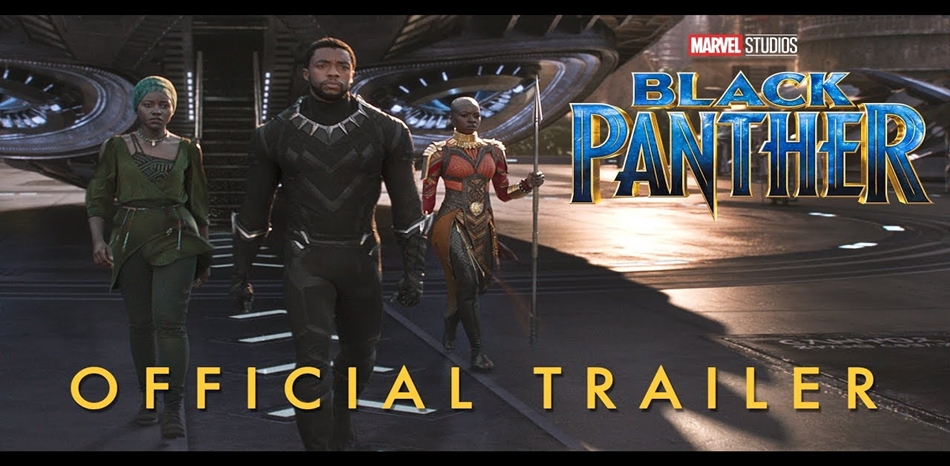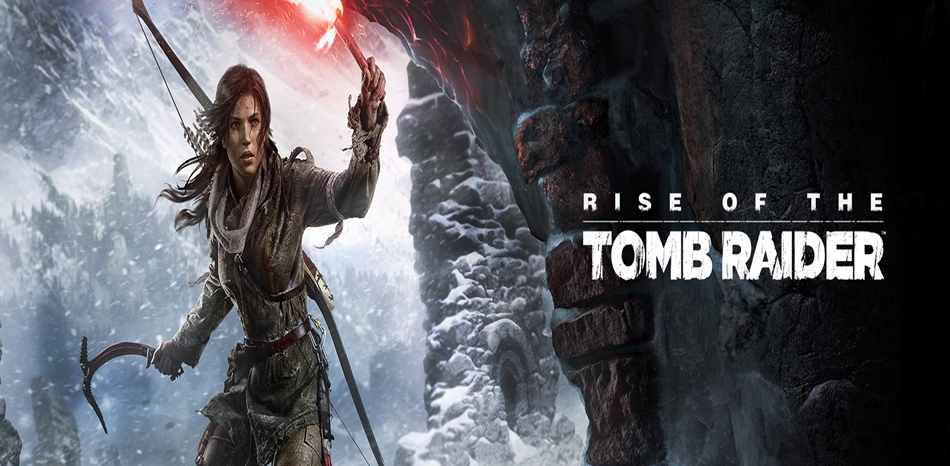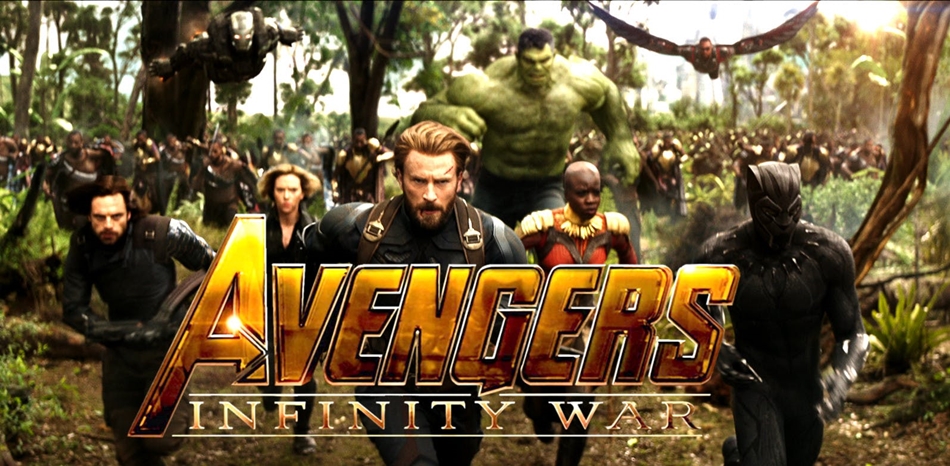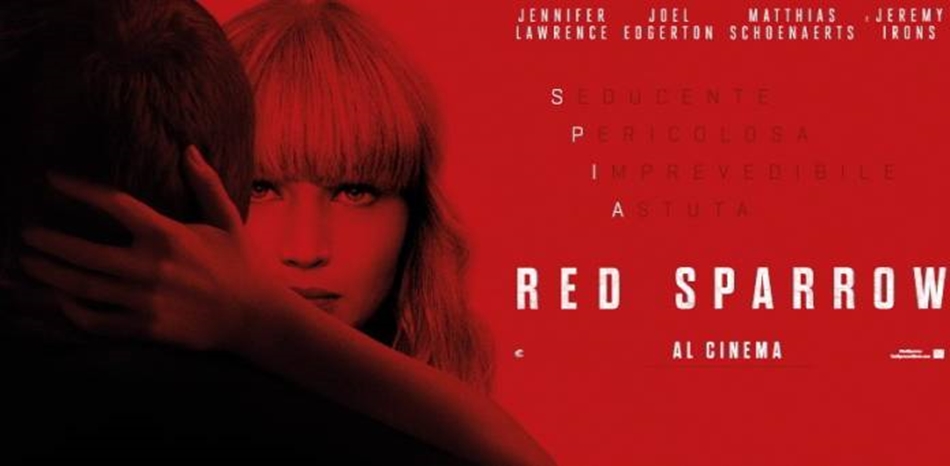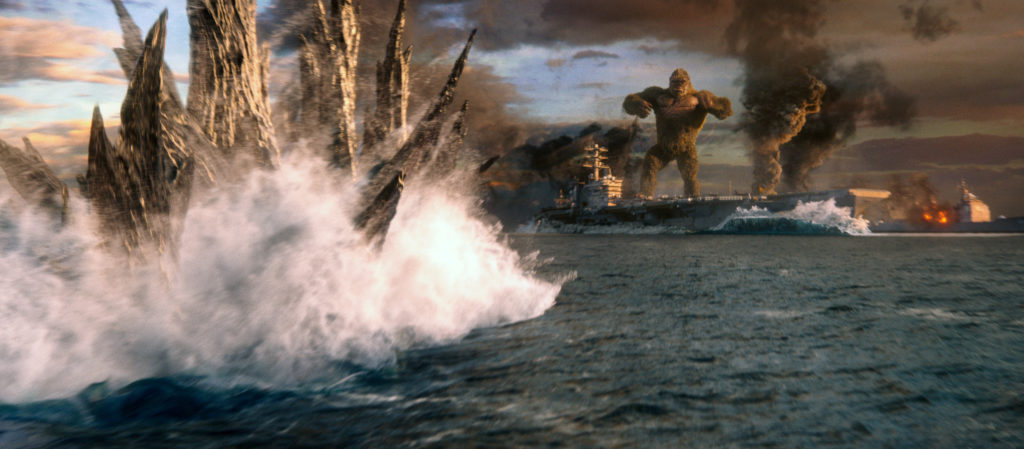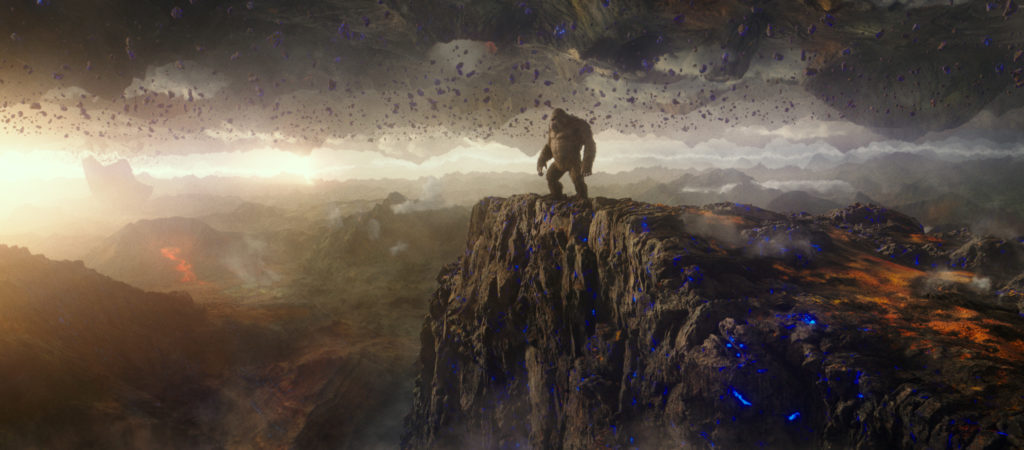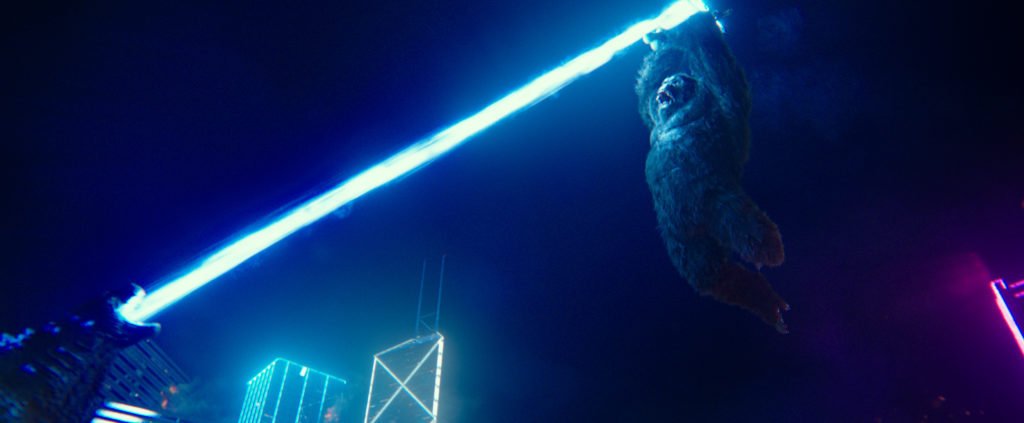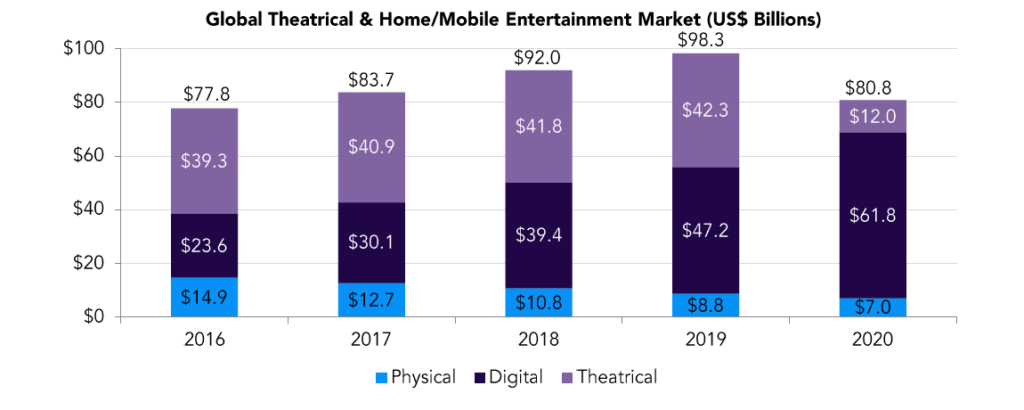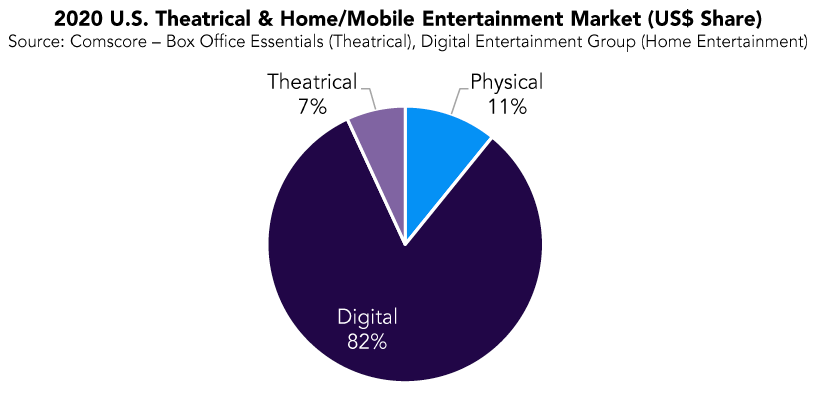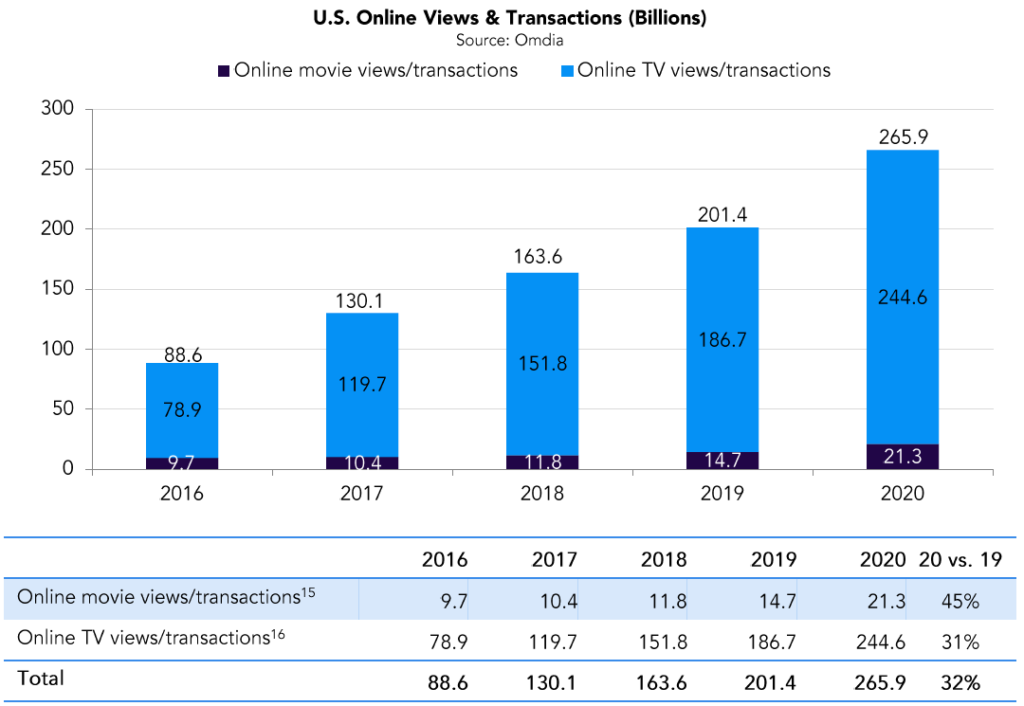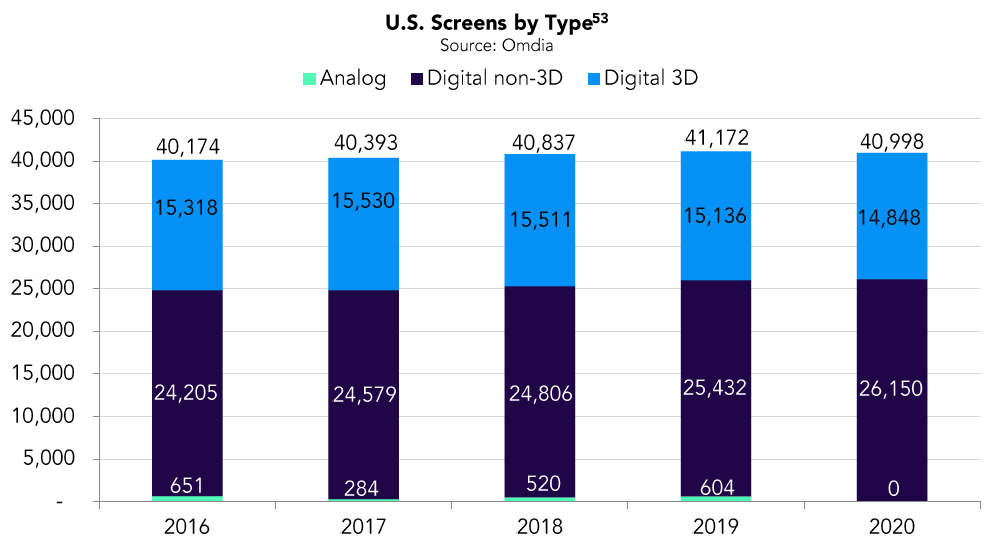For everyone following the box office over the last year-plus, there have been very few causes for what could even be deemed mild celebration. Occasional smatterings of high profile films and a handful of opening weekends that exceeded conservative expectations have ruled industry headlines during the pandemic as studios have largely withheld their big mainstream movies for better days.
To some degree, that’s about to change this weekend as Warner Bros. and Legendary’s Godzilla vs. Kong tracks to become the biggest box office opener of the pandemic era so far. The studio will open in 2,409 North American theaters on Wednesday, followed by an expansion to 3,064 on Friday.
That will make this film the first to play in over 3,000 cinemas since the pandemic became official and theaters were shuttered twelve months ago. Included in the footprint will be a presence at 282 IMAX venues and more than 625 PLF locations by Friday.
The anticipated sequel already started with $123.1 million globally last weekend, driven by China’s strong $69.2 million bow. While numbers like those are definitely not expected stateside as pandemic recovery remains a slow burn process, pre-release forecasting models indicate Godzilla vs. Kong should have no problem roaring past the likes of Tenet ($20.2 million 12-day staggered opening), Wonder Woman 1984 ($16.7 million three-day weekend), Tom & Jerry ($14.1 million), and The Croods: A New Age ($14.3 million five-day opening) when it comes to the top box office starts since theaters began reopening last year.
The mostly positive news surrounding theatrical exhibition and a national improvement in vaccine distribution in recent weeks has played a major role in beefing up this film’s expectations. As New York City and California have reopened cinemas throughout the past month, the domestic market has earned noticeable bumps across daily and weekend box office results.
Even more significantly, the re-emergence of those two markets is beginning to inspire more confidence in studio marketing campaigns as consumer sentiment itself slowly improves. That’s been increasingly evident as Warner’s own Tom & Jerry and last weekend’s Nobody from Universal received more robust advertising pushes than other films have during the COVID-19 era, and it certainly is clear from the efforts put behind Godzilla vs. Kong up to this point.
Granted, this film is still an atypical release as it will be available for free to HBO Max subscribers on the same day as its theatrical launch (Wednesday, March 31). Hollywood is still hedging its bets in the short term and banking on the long-run recovery of moviegoing, making certain films available to as wide an audience as possible while also aiming to build out streamer subscriber growth while the opportunity is available in the middle of a pandemic that has kept people stuck at home through numerous lockdowns.
Nevertheless, Godzilla vs. Kong is looking like it could be the kind of turn-off-your-brain popcorn entertainment with appeal to fans and the masses alike that could spur the next stage of theatrical recovery. Strong-for-its-genre reviews are an encouraging sign as well. Not everyone is able or ready to return to cinemas quite yet, but this movie’s pre-release metrics are dwarfing those of any film released in the past 13 months.
Pre-sales have continued to heat up in recent days as just over half of all domestic theaters were open as of last weekend and news arrived this week that Los Angeles will be allowed to sell tickets up to 50 percent capacity or 200 people in a single auditorium. Godzilla vs. Kong‘s social media reach is impressive with over 171,000 combined followers on Twitter and Instagram alone. Trailer views are likewise massive for the hybrid release as the official studio page on YouTube counts over 77 million hits from one trailer.
It should be noted that many of the pre-sales trends include private watch parties, which have developed a habit of skewing forecast models due to their popularity during the pandemic. There are also varying capacity limits state-to-state that remain challenging to give weight in any projections, and walk-up business could be more muted than in pre-pandemic times now that social distancing and online ticketing are top of mind for consumers.
Still, even traditional shows are selling very well for the five-day holiday opening as more than just die-hard fans of the genre are booking tickets for the Good Friday and Easter Sunday frame.
As of Wednesday morning, The Boxoffice Company’s Showtimes Dashboard tallied almost 136,000 showtimes booked Wednesday, March 31 through Thursday, April 8. That figure is guaranteed to rise as a higher sample of theaters confirm bookings by this weekend, likely surpassing 155,000 for the noted time frame.
For the weekend proper, Godzilla vs. Kong is currently booked for nearly 67,000 showtimes at 2,426 locations, according to the Dashboard. That represents 34 percent of the total showtimes universe across all movies.
Given Warner Bros.’ confirmation of 3,064 theaters starting Friday, mentioned earlier in this report, total showtimes should easily surpass 80,000 for the Friday through Sunday period. By comparison, Wonder Woman 1984 is estimated to have played just over 50,000 shows during its opening frame at 2,151 locations domestically.
The continued absence of Regal theaters across most of the country, as well as most of Canada’s market, will present another ceiling to breakout success this weekend. The largest exhibitor in the country, owned by parent Cineworld, will only be re-opening some of its highest performing locations in time for this current holiday frame.
Regal is opting to restart a much wider swath of its theaters on April 16, though. That strategy was partly timed for Warner Bros.’ next film, Mortal Kombat, which has now been delayed one week to an April 23 release. The move serves as a win-win for the studio and exhibitors: it allows Godzilla vs. Kong to take further advantage of its growing momentum and enjoy three weekends unrivaled, while shifting Kombat‘s eventual fan appeal and premium screen demand closer to what traditionally would be the start of summer movie season come May.
Many caveats persist as we remain steeped in unprecedented times, but all indicators point to a major jolt at the domestic box office in the days ahead. After so much uncertainty for so many months, Godzilla vs. Kong looks to be the next major mile marker on the road to greater theatrical rebounds in the coming months.
The Unholy and Holdover Expectations
Not to be forgotten amid the monster showdown this weekend will be Sony and Screen Gems’ The Unholy, a horror title produced by Sam Raimi and starring Jeffrey Dean Morgan. The PG-13 picture is intentionally hoping to counter-program Warner’s behemoth and the religious holiday weekend at the same time, opening at an estimated 1,850 locations.
The strategy certainly isn’t unheard of as Warner Bros. itself opened The Curse of La Llorona on Good Friday in late April two years ago. The Unholy won’t be matching that film’s $26.4 million weekend start back in normal times, but it could vie for a spot in the top five this weekend.
With screen demand still rising for Godzilla vs. Kong, projecting this weekend’s holdovers has an unusual element of volatility. Traditionally, family-leaning films fare well on the holiday frame as schools let out for Good Friday. That should be good news for Raya and the Last Dragon and Tom & Jerry, although it’s possible the latter’s screen count will take a larger hit since its fellow studio release will be given priority. The Warner film’s 31-day availability on HBO Max ended on March 28, though, so all is not lost for continued legs at the box office as the heart of spring approaches.
With regard to last week’s solid debut, Nobody will be fighting for the number two position as it takes a double whammy from the monster epic in terms of losing premium screens and sharing a crossover audience of adult men. Positive word of mouth should eventually help it stabilize after taking what will be a noticeable hit this weekend.
Theater counts are still being finalized, so the below forecast may evolve slightly before Friday.
This Weekend vs. Last Weekend
Boxoffice projects the three-day Easter weekend’s top ten will increase XX percent from last weekend’s $17.1 million. (Projection to follow on Thursday as theater counts are finalized.)
Godzilla vs. Kong Forecast Ranges
3-Day Weekend Range: $17 – 27 million
5-Day Opening Range: $28 – 38 million
Preliminary Weekend Forecast
(Updates to follow…)
| Film | Distributor | 3-Day Weekend Forecast | Projected Domestic Total through Sunday, April 4 | Location Count | % Change from Last Wknd |
| Godzilla vs. Kong | Warner Bros. Studios | $22,000,000 | $35,000,000 | 2,409 on Wed. / 3,064 on Fri. | NEW |
| Nobody | Universal Pictures | $3,500,000 | $12,300,000 | ~2,500 | -49% |
| Raya and the Last Dragon | Walt Disney Pictures | $3,300,000 | $33,300,000 | ~2,200 | -12% |
| Tom & Jerry | Warner Bros. Studios | $2,400,000 | $40,600,000 | ~2,200 | -11% |
| The Unholy | Sony Pictures / Screen Gems | $2,000,000 | $2,000,000 | ~1,850 | NEW |
All forecasts subject to change before the first confirmation of weekend estimates from studios or alternative sources.
Theater counts are updated as confirmed.
Forecasts above do not necessarily represent the top ten, but rather films with the widest theatrical footprint based on studio confirmations entering the weekend.
For press and media inquiries, please contact Shawn Robbins
Follow Boxoffice PRO on Twitter
The post Weekend Box Office Forecast: <em>Godzilla vs. Kong</em> Gears Up for Pandemic Era Breakout at Domestic Theaters, Could Reach $30-35M+ Debut appeared first on Boxoffice.
from Boxoffice
